Every craftsman, DIY enthusiast, and professional knows that the secret to a successful project lies in the mastery of their tools. The adage “one man, one screwdriver” perfectly captures this intimate relationship, but it’s not just about having one tool—it’s about having the right tool. That single screwdriver is the cornerstone of a complete ecosystem of tools, each designed for a specific purpose of precision, power, or safety.
This guide will start with that cornerstone. We’ll delve into the world of screwdrivers, exploring how to choose the right one, and then expand outward to the complementary tools, power equipment, safety gear, and storage solutions that elevate your craft from a hobby to a profession.
| Key Takeaways | Description |
|---|---|
| Screwdriver Selection | Beyond type and size, consider ergonomics and material (like S2 steel) for durability and comfort. |
| Screwdriver Sets | Choose sets based on your trade: VDE-insulated for electricians, precision for electronics, or durable multi-bit for general DIY. |
| Safety First | This is non-negotiable. Learn to use voltage testers and always wear the right PPE, like rated gloves and safety glasses. |
| Power Tool Progression | Understand when to move from manual to power, starting with electric screwdrivers and graduating to impact drivers or jigsaws. |
| Protective Workwear | Your workwear is your first line of defense. Invest in EH-rated boots, proper gloves, and organized tool backpacks. |
| Job Site Prep & Precision | Mastery includes preparation. Use tools like stud finders for precision and blowers for a clean, safe workspace. |
| Tool Storage | A well-organized toolbox protects your investment, saves time, and reflects your professionalism. |
| Invest in Quality | The “one man, one screwdriver” philosophy is about quality over quantity. Your commitment is reflected in your tools. |
This table summarizes the core concepts, reinforcing the importance of choosing the right tools, using them proficiently, ensuring safety, and maintaining an organized workspace.
The Heart of the Toolkit: Choosing the Right Screwdriver
The humble screwdriver is a tool of precision. Selecting the right one prevents stripped screws, damaged workpieces, and hand fatigue. It’s more than just “Phillips or flathead.”
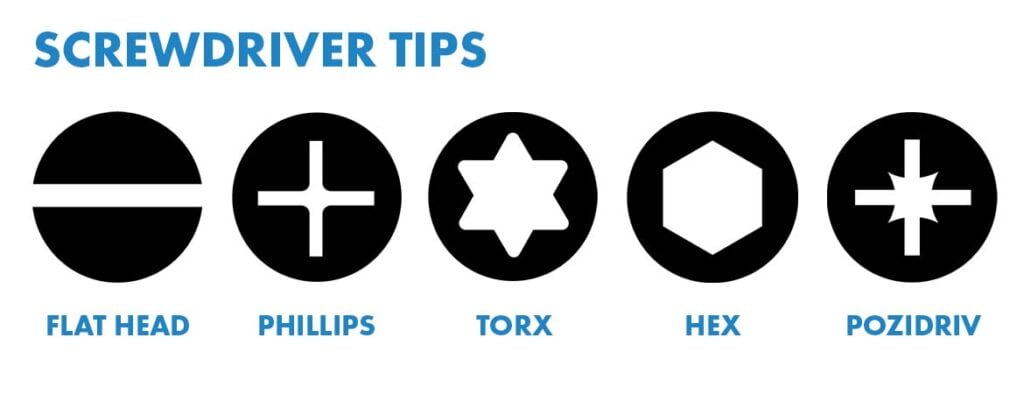
Anatomy of a Screwdriver: What to Look For
- Head Type: Beyond Phillips (cross-head) and Flathead (slotted), modern toolkits need Torx (star) for electronics and automotive, and Robertson (square) for construction and furniture.
- Size Matters: A Phillips #2 is the most common, but using a #1 on a #2 screw will strip it. Always test for a snug fit with no wobble.
- Handle and Grip: Ergonomics are key. A cushion-grip handle provides more torque and comfort, while a “stubby” driver fits in tight spaces. Precision drivers have a spinning cap for fingertip control.
- Material: Look for tips made from high-quality steel. Chrome Vanadium (Cr-V) is a good standard, but S2 steel is harder and more durable, ideal for hand tools. Magnetized tips are a huge quality-of-life feature.
Building Your Arsenal: The Best Screwdriver Sets
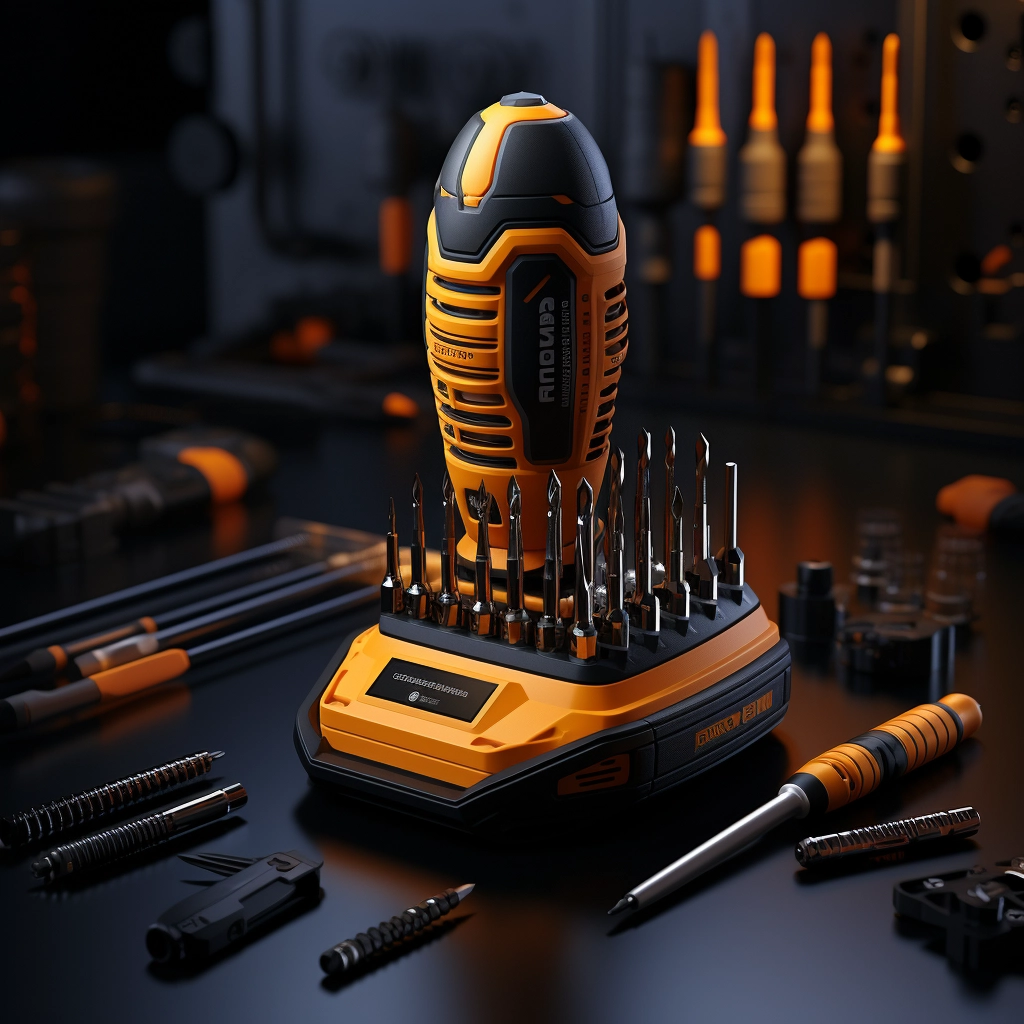
No single driver does it all. A set is the most economical way to build your collection.
- For Electricians: Safety is paramount. Look for a VDE-rated insulated set, tested to 1000V to protect against shock.
- For Construction Professionals: Durability is everything. Choose a set with hardened S2 steel tips, comfortable grips for high torque, and perhaps a few “demo drivers” with a metal strike-cap.
- For Home DIYers: Versatility is your goal. A multi-bit ratcheting screwdriver or a comprehensive set with the most common sizes will tackle 90% of home projects.
- Explore our curated list of the Best Screwdriver Sets for a comprehensive choice.
Safety is Non-Negotiable: Essential Gear and Practices
A good craftsperson is a safe craftsperson. When dealing with electricity, this is not optional.
- Voltage Testers: Essential for any electrical work. A non-contact voltage (NCV) tester pen allows you to quickly check for live wires without touching them.
- Proper Usage: Rule #1: Always test your tester on a known live source (like a wall outlet) to ensure it’s working before you test your target circuit.
- Eye Protection: Screws can slip, and materials can splinter. Protective safety glasses should be on your face before you even open the toolbox.
Understanding Voltage Testers and Their Usage
A voltage tester is your first line of defense. Knowing how to use it is a life-saving skill.
- What They Do: NCV testers detect the electromagnetic field around a live AC wire.
- When to Use Them: Use one every single time, before handling any wire, switch, or outlet. Assume all circuits are live until you prove them otherwise.
- How to Use Them Safely: After testing your tester, bring the tip near the wire or outlet. A beep or light indicates the presence of voltage.
- For a comprehensive tutorial, read our piece on How to Use a Voltage Tester Pen.
From Manual to Motor: The Power Tool Ecosystem
Your hands provide precision, but a motor provides speed and power. Knowing when to switch is key to efficiency.
The First Step Up: Electric Screwdrivers
Before you grab a high-torque drill, consider an electric screwdriver. These are low-torque tools perfect for furniture assembly, electronics repair, or any task with many repetitive screws. They save your wrist without the risk of over-tightening and damaging the workpiece.
When You Need More Power: Drivers and Saws
For more demanding jobs, you need specialized tools:
- Impact Drivers: This is not a drill. An impact driver combines rotation with rapid, concussive blows (torque). It’s designed for one job: driving long screws and lag bolts into tough materials with ease.
- Multi-Tools: The ultimate problem-solver. An oscillating multi-tool is for plunge cuts, detail sanding, and scraping in tight spots where no other tool can reach.
- Jigsaws: When your project needs curves, a jigsaw is your go-to for making intricate, detailed cuts in wood, metal, and plastic.
- Read our reviews for the DEWALT 20V MAX XR Impact Driver, Bosch GOP18V-34N 18V Multi-Tool, and RIDGID 18V Brushless Jigsaw.
Workwear That Keeps You Safe and Efficient
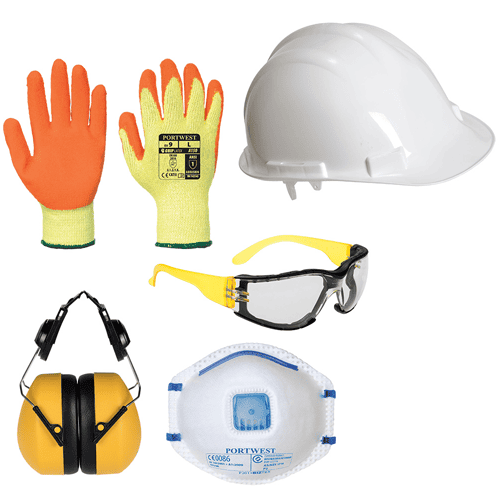
Your workwear is your first line of defense. Investing in the right gear is investing in your own well-being and efficiency.
Essential Safety Gear for Tool Handling
This gear isn’t optional; it’s essential.
- Work Boots: Look for more than comfort. EH-rated (Electrical Hazard) boots provide a layer of protection from shock, while steel toes and puncture-resistant soles protect from physical hazards.
- Electrician Gloves: Know the difference. Cut-resistant gloves protect from sharp edges, but only voltage-rated insulated gloves protect you from electricity.
- Organization: An Electrician Backpack isn’t just for convenience. It keeps tools secure, organized, and off the floor, preventing tripping hazards.
- Check out our selections of The Best Work Boots for Men in 2023 and Electrical Gloves.
Pro Tips: Mastering Your Workspace
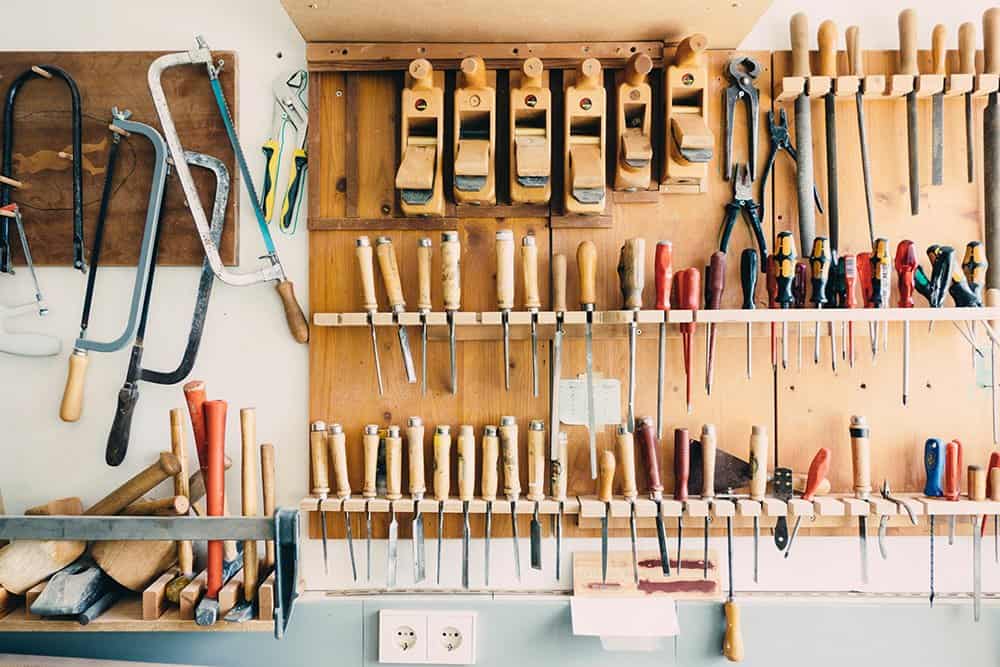
Mastery extends beyond the tool itself to how you prepare your environment.
Precision and Preparation
- Pilot Holes: Prevent wood from splitting and reduce driving friction by drilling a pilot hole slightly smaller than the screw’s diameter. This is a fundamental skill for clean work.
- Stud Finders: Before you drive a screw to hang something heavy, you must know what’s behind the drywall. A stud finder is essential for locating wall studs for a secure anchor point.
A Clean Workspace is a Safe Workspace
- Leaf Blowers: They aren’t just for yards. A cordless leaf blower is one of the fastest ways to clear sawdust and debris from a workshop or job site, reducing slipping and fire hazards.
- Utilize our guides on How to Start a Leaf Blower and How Stud Finders Work to master these essential prep tools.
Organizing and Storing Your Tools
A well-organized toolkit is the sign of a true professional. It saves you time, protects your tools from damage, and ensures you have what you need, when you need it.
Best Toolboxes for Every Professional
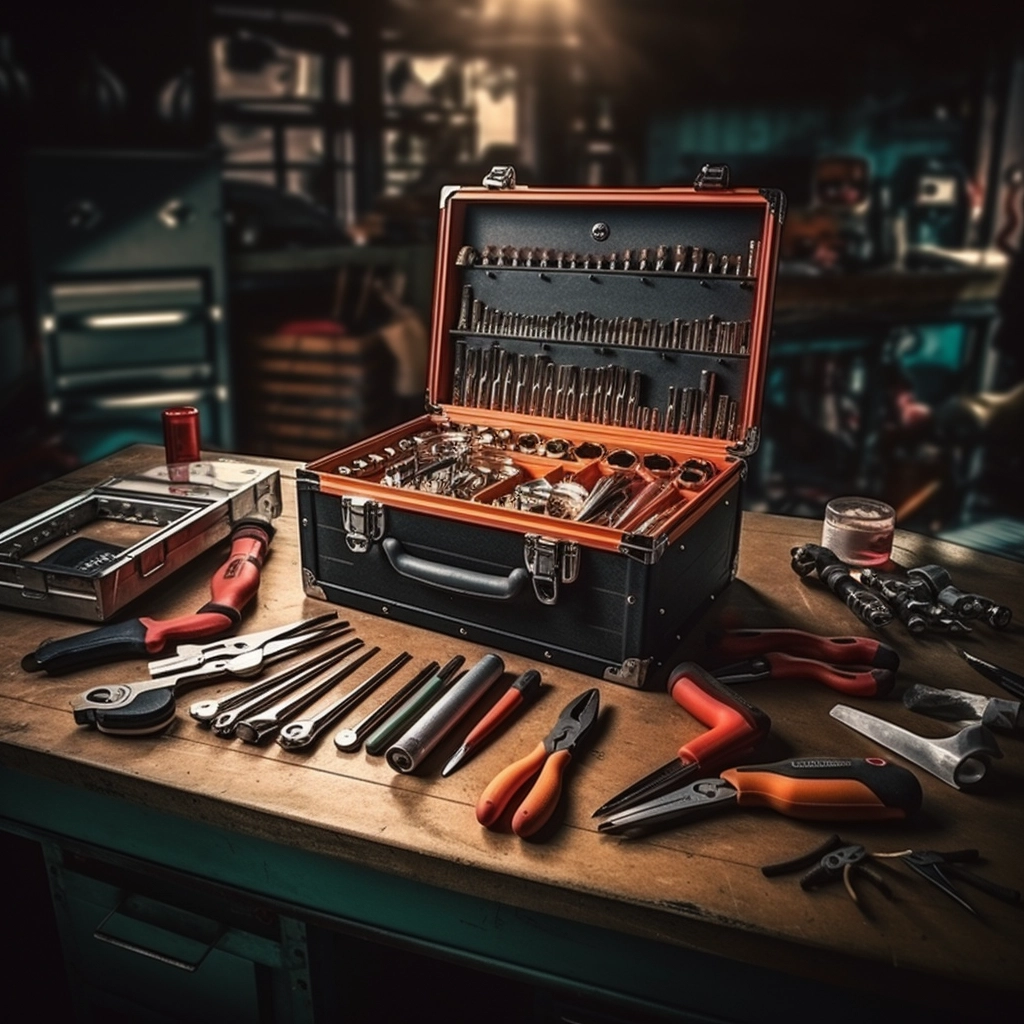
Your toolbox should fit your workflow.
- Fit for Purpose: A portable tool bag is great for service calls. A large rolling chest is ideal for a dedicated workshop. Wall-mounted storage like pegboards or French cleats keeps frequently used tools in easy reach.
- Security and Organization: Look for durable materials, strong latches, and smart compartments. Protecting your investment is as important as buying it.
- Explore Best Tool Box selections crafted for reliability and efficiency.
Conclusion: Beyond the Single Screwdriver
Embracing the philosophy of “one man, one screwdriver” isn’t about minimalism; it’s about purpose. It’s the first step in a larger journey. The real declaration of your commitment is building upon that foundation—investing in the right sets, embracing power tools, prioritizing safety, and maintaining your gear.
Your toolkit is a reflection of your craft. Choose wisely, stay organized, and let your tools become a true extension of your own skilled hands.

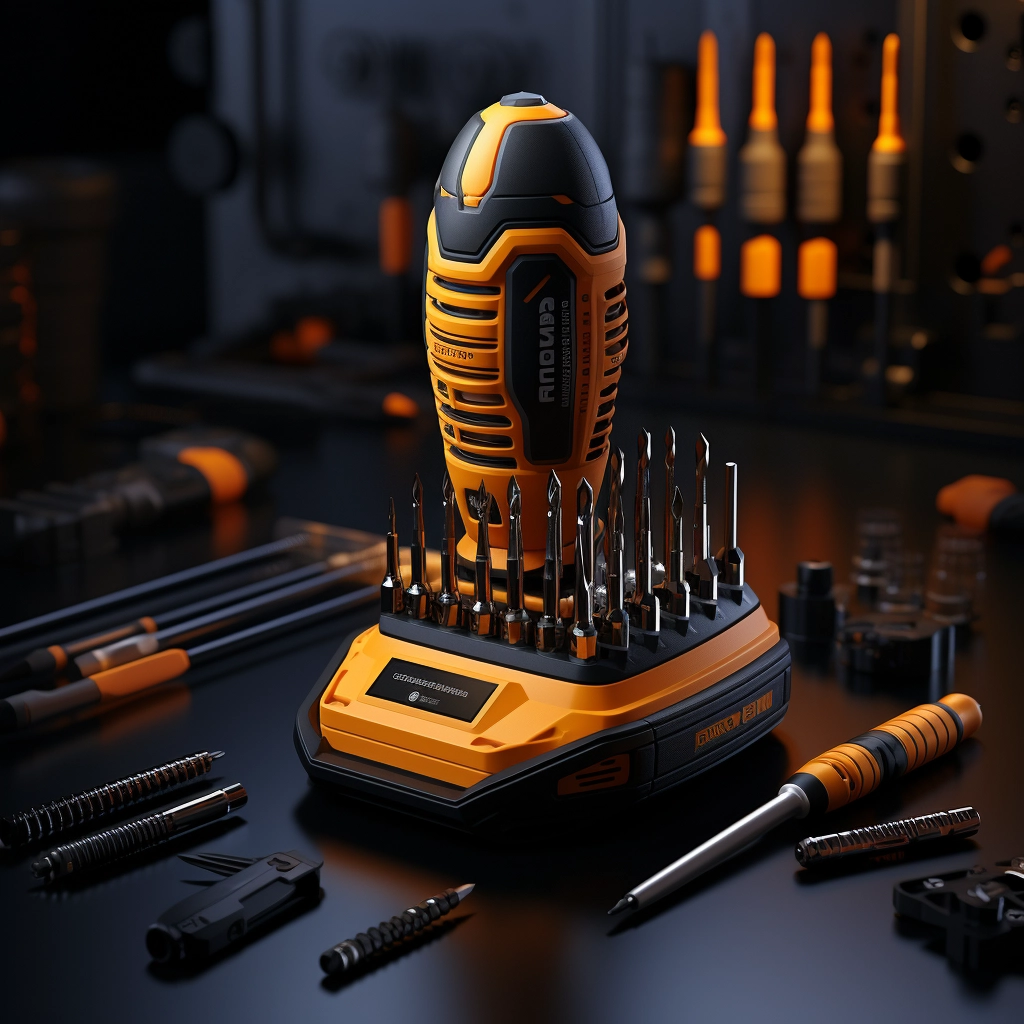
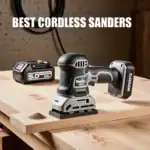

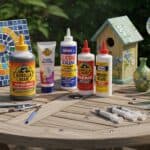
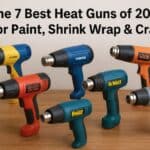
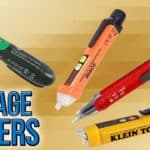
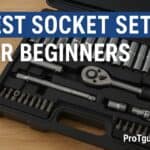
1 thought on “One Man, One Screwdriver: The Essential Guide to Handling and Choosing the Right Tools”